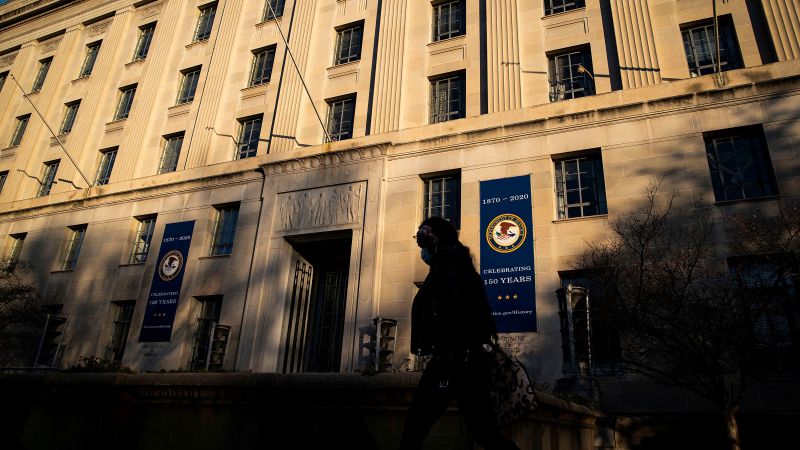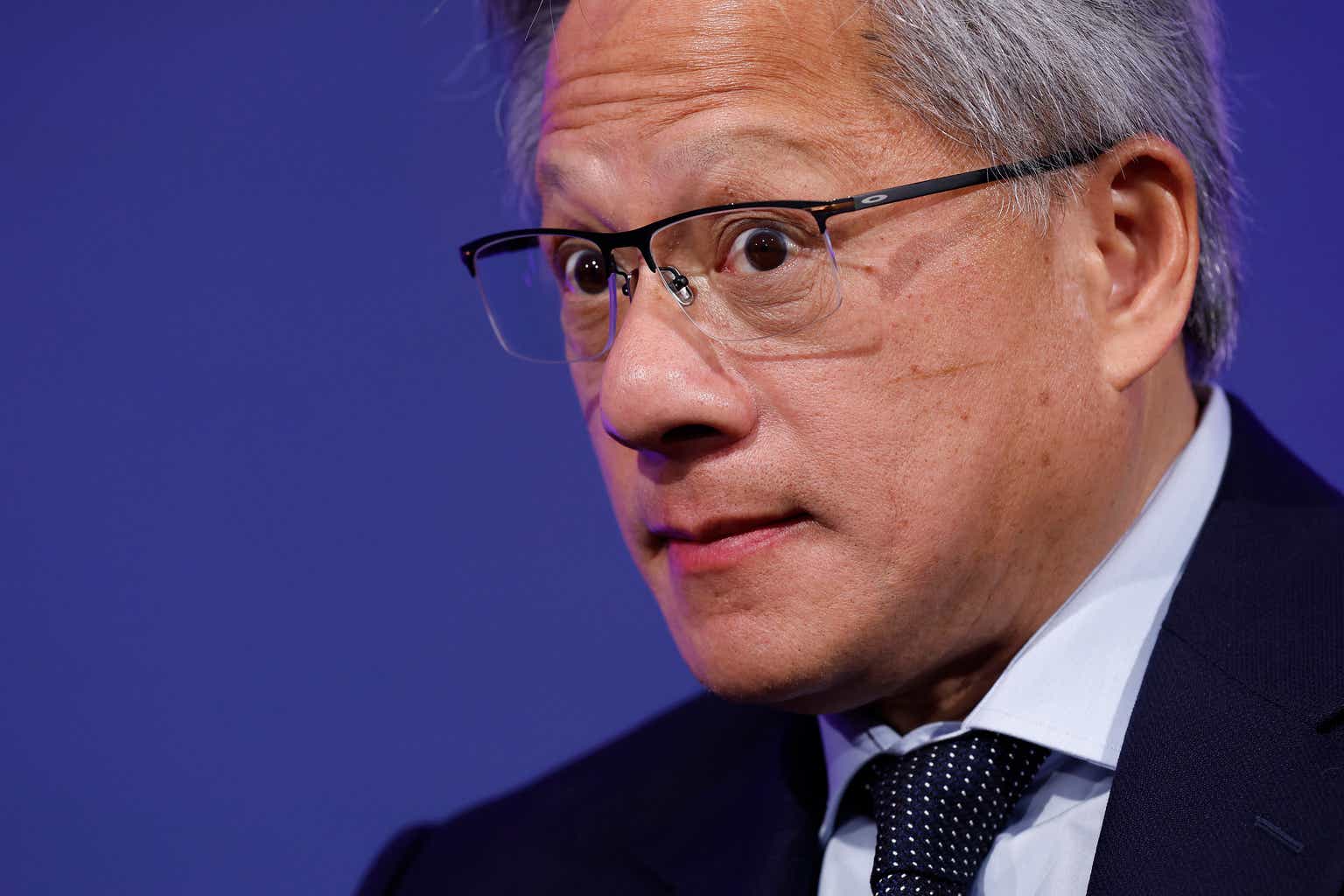By betting on older buildings in smaller cities, new 400 member Mitchell Morgan has become the third-largest owner of apartments in the U.S.
By Giacomo Tognini, Staff
It’s two hours before the inauguration of his firm Morgan Properties’ gleaming new headquarters in Conshohocken, Pennsylvania and Mitchell Morgan still hasn’t cleared out his old office. Walking past rows of empty cubicles, the 70-year-old real estate mogul sits down at a round table next to a desk cluttered with awards and piles of papers.
He pulls out a weathered document from 1985, a bond offering for his first deal to buy three apartment buildings, including one visible from the window of his soon-to-be-vacated office in the Philadelphia suburb of King of Prussia. “I just found this, I was cleaning out my office yesterday,” he says, despite there being little evidence of any packing. “I borrowed $55 million and I was off to the races. I owned 1,400 units, three apartment complexes. This is one of them.”
These days his Morgan Properties spans more than 95,000 units across 19 states. About half of those are majority-owned by the firm, with the rest split with outside investors. It’s still enough for Morgan Properties to now rank as the third-largest owner of apartments in the country (behind fellow billionaire Bob Faith’s Greystar and publicly-traded Mid-America Apartment Communities) and for Morgan to land on the 2024 400 list of the richest Americans for the first time, at No. 240, worth $5.5 billion.
The firm’s success has also elevated his profile: He joined the group backing Josh Harris’ $6 billion purchase of the NFL’s Washington Commanders last year and is making a name for himself in Philadelphia’s philanthropic scene, as a major donor to Temple University and the Children’s Hospital of Pennsylvania.
He’s earned his success by investing in older apartment buildings in midsize cities and quickly renovating them to increase rents. While many investors have poured into the fast-growing metropolises of the Sun Belt, Morgan has taken the opposite tack, acquiring portfolios in less-fashionable places such as Reading, Pennsylvania (the birthplace of one Taylor Swift) and Rochester, New York, where his firm is the largest landlord after buying more than 18,000 units for $1.9 billion in 2019. As the post-Covid boom subsided in cities such as Atlanta and Nashville, the nation’s fastest-rising rents are now found in the likes of Indianapolis, Columbus and Fayetteville, all places where Morgan Properties has a presence.
“We’re buying in markets that people don’t want to buy in, and Wall Street doesn’t have to tell us what to do because we don’t care what Wall Street says,” he says of his privately-owned firm. “We bought a big portfolio in Indiana, we bought a big portfolio in Ohio. We’re the largest owner in Rochester, New York, the market’s great. People are everywhere.”
Morgan largely invests in what’s known as ‘Class B’ apartments, older properties that target tenants with lower incomes than those attracted to luxury buildings. (One complex he owns in Elmwood Park, New Jersey dates to 1950.) While they might not be as valuable as newly-built, top-of-the-line apartments, Morgan’s properties tend to provide more stable cash flow and suffer fewer swings during recessions when tenants priced out of more expensive buildings opt to downgrade.
“Well-operated, well-capitalized Class B portfolios can absolutely perform well,” says Michael Gorman, a real estate analyst at financial services firm BTIG. “They also tend to catch more favor from investors whenever there’s a risk of an economic slowdown.”
What he doesn’t do is invest in new construction or buildings that target high-end customers. “We’re workforce housing,” he says. “Our rents are somewhere between $1,500 and $1,800 a month, not $1,800 to $4,000. And I am very bullish on the product that we have and what we do, which is try to give the best product at the best price so people feel good about where they live.”
Not everyone always agrees. Morgan Properties has faced lawsuits from tenants in Pennsylvania and Maryland, alleging it refused accommodation requests for disabled tenants and allowed a bed bug infestation, respectively. Morgan settled both cases, and the firm claims it has a dedicated customer service team to respond to renters’ complaints. “We need to make sure we’re communicating well. It’s not an easy dynamic whatsoever, but we have a good reputation,” says Morgan’s son Jason, 34, who serves as the firm’s co-president alongside his brother Jonathan, 39. “We’re buying older properties, but we’re going to fix them up to the best of our ability.”
Unlike large publicly traded firms or institutional investors with billions of dollars to spend, Morgan Properties comes with a family-owned touch that can be an advantage when working in these smaller markets—especially when it makes big acquisitions that suddenly turn it into the largest local landlord.
“They bring the perfect hybrid of a mom-and-pop operation and the larger institutional reach,” says Alex Amorese, a broker with CBRE in Rochester, New York. “They bring the resources and the capital of a large firm, but they also understand the nuances of [a smaller] market. It’s kind of the best of both worlds.”
Morgan credits his success to a frugal approach he honed paying his way through college at Temple University while working for his father’s shoe store, and then taking law school classes at night while working as an accountant. Debt is relatively low across his firm’s entire portfolio—around 66% compared to an industry average of 80%—and largely locked in at fixed rate loans at 3.9%, about half the current going rate. His decision to bring in partners who put up most of the upfront investment also protects his downside. (When they make their initial money back, ownership is typically split into 50/50.)
“Never bet the ranch, because my father did,” he says, recalling his family’s early hardships and his dad’s brush with bankruptcy. “I buy existing [apartments], my life is boring. We’re going to stick to our boring knitting business. If you want to have something more interesting in life, get a hobby.”
A conference room in the firm’s new headquarters features a large “Morganopoly” sign made out of tiny blue Monopoly house pieces, surrounded by property cards with names of the firm’s apartment buildings. On the far wall are four Monopoly boards each highlighting one of the firm’s four most important deals.”
Morgan Properties
The youngest of three kids, Morgan was born in a rowhouse in Philadelphia and moved to the suburbs when his father—a World War II vet who had opened several shoe stores—made enough money to buy a home in 1959. Four years later his father went bankrupt for the first time. It happened again when Morgan was in 11th grade, forcing the family to sell the house and leaving his father with a single store.
At Temple University, Morgan went to class in the morning and sold shoes in the afternoons and evenings to pay for tuition, graduating in 1976. He went to law school and looked for a job in accounting to help pay for it—”I was always curious about numbers and business and math,” he says—but no one was hiring. He eventually begged his father’s old accountant for a job, who hired him at minimum wage, $1.65 an hour at the time.
After law school, he got a job at accounting firm Laventhol & Horwath. That put him in the room when partners were closing deals for clients and opened his eyes to the real estate business. “I didn’t want to sell shoes, I didn’t want to be an accountant in the tax department, I didn’t want to be a lawyer,” he says. “And so I went to work for a client at Laventhol who was in the apartment business.”
That’s how he broke into real estate, getting paid 0.5% to 1% equity on projects where he worked as an accountant for the firm, Construction Consultants. In 1985, his boss was shopping for buyers for three apartment buildings in the Philly suburbs. “He had an offer of $40 or $45 million, and I said, ‘I can pay more,’” Morgan says. “He said, ‘you have no money.’”
Morgan took advantage of a federal law that expired at the end of 1985, giving him tax-exempt financing with lower rates as long as he spent 15% of the purchase price on renovation within two years. He ended up buying the three complexes with a partner—Richard Haydinger, a colleague at the firm—for $60 million, paying $55 million with the tax-exempt bonds and taking $15 million in seller financing to fund the rest of the purchase and $10 million in renovations.
That led to Morgan and Haydinger setting up First Montgomery Properties to buy apartments alongside wealthy backers including luxury home builder Toll Brothers founders Bruce and Robert Toll, whom they met in the early 1990s. “We did one-off deals with high net worth individuals and they would put in 90% of the money, we would put in 10%,” he says. And once again, once they were paid back, the two parties would each own 50% of the asset.
By 1996, Morgan bought out his partner for $10 million and renamed the firm Morgan Properties. He stuck with the same playbook, buying properties with Berwind Property Group (since renamed Equus Capital Partners) and a subsidiary of General Motors. His biggest deal came in 2007, when he joined forces with insurance giant AIG to buy 17,000 units from the Kushner family’s Kushner Companies for $1.9 billion.
The timing, just before the Great Recession, wasn’t great. “We went hard on the Kushner portfolio a month before Bear Stearns went under. We overpaid and the world melted down,” he says. “The good news is that I was in multifamily. People needed places to live.”
Still, Morgan was counting on AIG to fund the renovations, but his partner was on the brink of collapse, needing a $182 billion federal bailout just a year later. Around the same time, Morgan’s other partners were also struggling, as General Motors went into bankruptcy and Berwind’s founder died.
Between 2009 and 2010, his three largest partners—AIG, Berwind and General Motors—came to him, separately, with similar offers: buy us out. Morgan’s approach of putting in minimal equity and taking on little debt had paid off, and he bought out each of his three partners for a total of $1.7 billion, taking $1.5 billion in debt and putting in $215 million of his own cash to become the sole owner of 22,000 units. (He did have to take out a $25 million mortgage on his four homes to close the deal, which his wife, Hilarie, wasn’t thrilled about: “That was the hardest deal I had to make, convincing her to sign,” he says, chuckling.)
Morgan was now flying solo and had spent every last dime. “It was a big bet. I always tell my kids, don’t worry about the upside, worry about the downside,” he says. Without partners and with zero cash to spend, Morgan thought about taking the firm public to raise funds. He hired banks and filed with the Securities and Exchange Commission. Then his son Jonathan, who had just joined the family firm after a stint at private equity giant Apollo’s real estate division, convinced him otherwise.
“I sat down with my father and said, ‘We have an opportunity to be contrarian, to not be like the REITs. Be contrarian and do what we do best, workforce housing in suburban locations, bringing in third party capital and institutional joint ventures,’” says Jonathan Morgan. “It ended up being the best thing we never did, not going public.”
Morgan pulled the IPO and kept the firm private, doubling down on the strategy that had worked for him for decades: buying portfolios with partners, quickly renovating the units, and then increasing his stake once the investment paid off. Jonathan expanded it further by founding the firm’s joint venture unit, Morgan Properties JV.
His younger son Jason joined in 2017, after working at asset manager Sculptor Capital Management. He launched Morgan Properties Special Situations that same year and spearheaded the firm’s push into debt investments, credit and recapitalizations. Morgan Properties is now one of the largest owners of debt portfolios issued by Freddie Mac, investing nearly $2 billion over the past five years. “The more complicated, the better,” adds Jason.
Today, Jason serves as co-president of the firm with his brother Jonathan and they’re the founders and presidents of Morgan Properties Special Situations and Morgan Properties JV, respectively. Their sister Brittany serves on the board and on several investment committees. “I have this rule that everyone has to work for someone other than the family business for four years,” says Morgan.
As for the 22,000 units he bought from his partners after the financial crisis, Morgan thinks they’re now worth close to $2 billion, a nearly tenfold return. And with an oversupply of new luxury apartments hanging over markets in the Southeast and driving rents down, Morgan’s properties have become even more attractive to investors.
“Class B has been performing well and part of the reason it’s been performing well is the historically high new supply,” says Michael Lewis, an analyst at Truist. Adds Haendel St. Juste of Mizuho Securities: “There’s a niche that clearly makes sense. It’s more steady and provides a service to folks who perhaps may not have the means to rent top-tier apartments.”
With plenty of cash now, he’s spending even more, picking up $2.5 billion worth of apartments in 2021 and another $600 million in 2022 in the Midwest, Texas and the Carolinas, while offloading $1.2 billion worth of properties to buyers including publicly traded Bridge Investment Group. This year, he picked up nearly 3,500 units across Pennsylvania. Morgan Properties, meanwhile, spends roughly $300 million annually on renovations, churning out up to 10,000 new kitchens a year across its portfolio. “Our company can do the best kitchen, all new appliances, everything for a little under $10,000,” says Morgan. “That’s what we do, we are in the value-add business.”
While he is sticking with his fixer-uppers when it comes to his portfolio, he recently splurged on his own firm’s headquarters, spending $75 million to purchase and rebuild three office buildings in the Philly suburb of Conshohocken—filled with amenities including a state-of-the-art fitness center and a golf simulator. (His firm’s brand new office park is also the landlord to Fanatics, another multibillion-dollar business founded by a Philly native, Michael Rubin, worth $10.6 billion.)
Just before leaving his old office to get into his black Mercedes and drive to the opening day ceremony for the firm’s new digs, Morgan pauses a moment to reflect.
“I didn’t want to be that 70-year-old that thought prices would never go higher than they are, because I made a living buying from those 70-year-olds. And now I’m that 70-year-old, and I’m always glass half full,” he says. “I really think there’s still opportunity. At some point, we’re going to be in all the states.”





